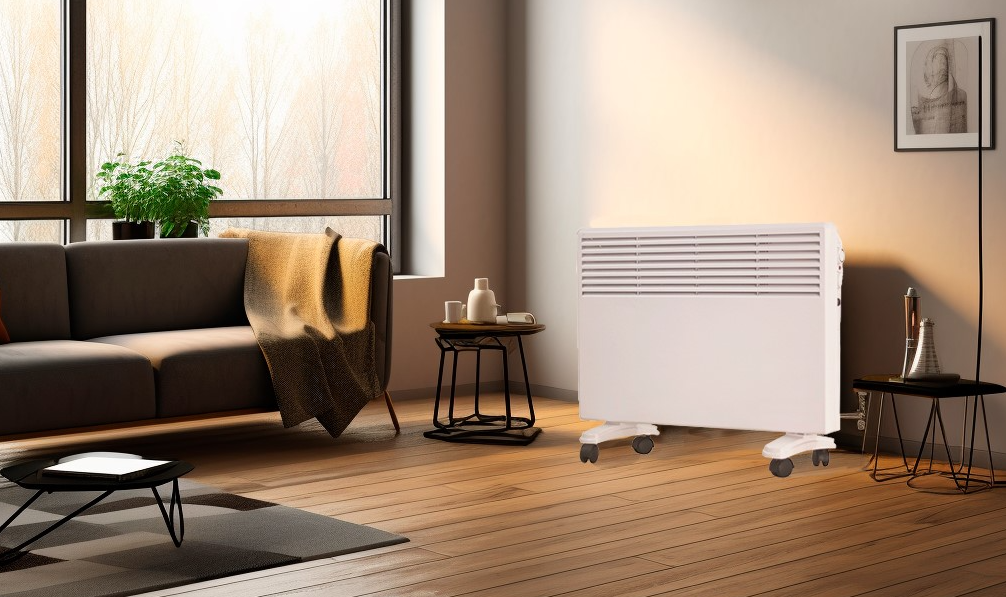A heater is an important device for maintaining a comfortable indoor temperature, especially during the cold season. The choice of heater often depends on its power, which directly affects the amount of electricity consumed. To understand how many kilowatts a heater takes, it is necessary to consider different types of heaters, their characteristics and principles of operation.
Electricity consumption of heaters
Calculation of electricity consumption per hour
To determine how much electricity a heater consumes per hour, you need to know its capacity. The power is indicated in the technical documentation or on the device itself. For example, if you have a heater with a capacity of 1.5 kW, its consumption will be 1.5 kWh for each hour of operation. Thus, knowing the capacity, it is easy to calculate the electricity consumption by multiplying the capacity by the number of hours of use.
Calculation of monthly consumption
Now that we know how much electricity the heater uses per hour, we can calculate the monthly consumption. Let’s assume that the heater works for 5 hours every day. Then, at 2 kW, its daily consumption will be 10 kWh (2 kW × 5 hours). Multiplying this value by the number of days in a month (e.g. 30) results in 300 kWh per month. It is important to bear in mind that these calculations are approximate, as actual consumption may vary depending on temperature conditions and intensity of use.
General principles
The power output of a heater is measured in kilowatts (kW). This is a key indicator that determines how much electricity the unit consumes per hour. For example, a 2 kW heater will consume 2 kWh (kilowatt-hours) of electricity for each hour of operation. If such a heater runs for 5 hours a day, it will consume 10 kWh in a day. If it is used daily, it will consume 300 kWh per month.
These figures will help you understand how much electricity your heater uses per month and per hour, which is important for estimating your energy costs and choosing the right unit.
Different types of heaters and their consumption
Oil heaters
Oil heaters are popular for their efficiency and durability. They heat up slowly but retain heat for a long time even after switching off. The average power of such heaters ranges from 1 to 2.5 kW. How much does an oil heater burn? For example, a 2 kW oil heater will consume 2 kWh for every hour of operation. Therefore, if it works 5 hours a day, the daily consumption will be 10 kWh and the monthly consumption (with daily use) will be 300 kW⋅h.
Advantages of oil heaters:
- Long heat retention
- No need for constant operation to keep warm
- Safety (the surface does not heat up to dangerous temperatures)
Disadvantages:
- Long heating time
- More bulky and heavier than other types
Electric convectors
Electric convectors work by heating the air that passes through the heating element. They heat the room quickly and have precise thermostats to maintain the set temperature. Convectors range in power from 0.5 to 2.5 kW. For example, if you have a 2 kW electric convector, its consumption will be 2 kWh for every hour of operation. Convector electric how much the convector motes, depends on the time of its use and power. Suppose it works 8 hours a day, then the daily consumption will be 16 kWh, and the monthly consumption (with daily use) will be 480 kWh.
Advantages of electric convectors:
- Fast heating of the room
- Lightweight and compact
- Precise temperature settings
Disadvantages:
- High power consumption in constant operation
- Less effective in large rooms
Infrared heaters
Infrared heaters work on the principle of radiant heat, which is absorbed by surfaces and objects in the room and then transferred to the air. They can be very effective in small rooms and areas with localised heating. The average output of infrared heaters is between 0.5 and 2 kW. For example, if a 1 kW infrared heater runs for 5 hours a day, its daily consumption would be 5 kWh and its monthly consumption would be 150 kWh.
Advantages of infrared heaters:
- Instant warmth
- Effectiveness in localised areas
- Low power consumption
Disadvantages:
- Localised heat (not suitable for large rooms)
- Possibility of overheating of objects in the vicinity
Table of comparative energy consumption of different heaters
| Type of heater | Power (kW) | Consumption per 1 hour (kWh) | Consumption for 5 hours (kWh) | Consumption per month (kWh) (5 hours/day) |
|---|---|---|---|---|
| Oil heater | 2 | 2 | 10 | 300 |
| Electric convector | 2 | 2 | 10 | 300 |
| Infrared heater | 1 | 1 | 5 | 150 |
Understanding how much electricity your heater consumes is important to effectively manage your energy costs. Different types of heaters have different wattages and therefore different consumption. Knowing how much electricity your heater uses per hour and per month will help you better plan your unit’s usage and control costs. Convectors and oil heaters, for example, can consume a significant amount of electricity, so it is important to consider their power and operating time. Turning off your heater on time and using energy efficient models can also help to reduce costs.
Make every purchase profitable with reBITme! Choose the best heaters and activate your cashback to get the most out of your spending. Enjoy your purchases and make big savings!





